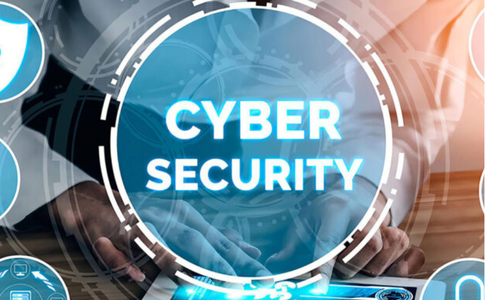Cybercrime has become a billion-dollar industry, and threat actors now leverage sophisticated tools and advanced trickery to circumvent security controls. It’s a turbulent cyber threat landscape, and every company, from startups to established entities, is at risk. Companies have millions of dollars and suffered significant reputational damage. But you can avoid being part of the statistics by building cybersecurity into your company (not just your product) from day one.
So what does this entail, what’s the best timing, and how do you get it right? Keep reading to get those answers.
If you want to listen or watch to learn more about implementing cybersecurity now, tune in to our podcast episode below.
The Importance of Incorporating Cybersecurity in The Company, Not Product
Contrary to common misconception, cybersecurity isn’t just about the software or platform itself. This is only a small segment of a healthy program. Another common misconception is that cybersecurity is the primary objective. But in reality, privacy and compliance are just as valuable as cybersecurity.
Incorporating cybersecurity in the company, rather than just in individual products, is crucial for several reasons:
- Comprehensive infrastructure protection – Integrating cybersecurity into the company provides a comprehensive approach covering all aspects of the organization. Thus, you’ll protect products and services and your organization’s network infrastructure, physical assets, and data.
- Build customer trust – Companies that secure their systems early demonstrate a serious commitment to security. As a result, you establish trust and foster a safe and transparent relationship with them.
- Compliance with regulations – The industry is governed by unique data protection and cybersecurity regulations. Incorporating cybersecurity into the whole organization ensures full compliance, helping you evade costly fines and penalties.
- Consistent security standards – The approach can ensure consistent security standards across all units and departments. As a result, this reduces the risk of security vulnerabilities and maintains a strong security posture.
- Defense against evolving threats – Cyber threats evolve constantly, and you must stay ahead of these threats to achieve a robust security posture. Whole-company cybersecurity implementation can keep you ahead of emerging threats to protect against them proactively.
Overall, it makes more sense to incorporate cybersecurity into the company as a whole than take a reactive approach.
Timing Matters – You Should Do It Now!
So how do you benefit from implementing system security from day one? Well, this decision significantly minimizes the risk of security breaches and secures valuable digital assets, like sensitive data, financial resources, and intellectual property.
According to Jake Miller, CEO of Engineered Innovation Group, SaaS companies prioritizing security early on usually design their processes and products with security in mind. As a result, it’ll be easier to identify and mitigate potential vulnerabilities before threat actors exploit them.
Failing to implement security measures from the outset can result in costly and damaging security incidents, damaging your company’s reputation and causing financial losses. Ultimately, making security a top priority from day one is essential for any company that wants to protect its assets and ensure the safety of its customers and employees.
Guidelines for Budgeting for Cybersecurity
Various factors come into play when determining the average cost of cybersecurity initiatives. Typically, the cost varies depending on the necessary services and the project’s complexity.
When creating a budget, be sure to include several crucial elements. First, you must consider the hardware and software solutions that security teams use to create cybersecurity frameworks. Examples include antivirus software, firewalls, and intrusion deterrence systems. Moreover, you may include cyber insurance in this category.
You must also include managed services in your budget. In essence, these are the efforts of service providers to enhance your cybersecurity posture at an affordable monthly rate. Finally, you must consider employee training because their ability to access your company’s secure data makes them one of your company’s leading vulnerabilities.
Properly implementing these vital elements can help create a security plan covering your company’s cybersecurity lifecycle.
How to Implement a Security Program From Day One
According to Jake, cybersecurity implementation from day one begins with the policy document. There are numerous templates online, so research and customize yours according to your company.
Next, you’ll assess your company’s vulnerabilities and define the risk level. These insights will help you create a comprehensive security strategy that outlines specific risk mitigation policies and protocols. You’ll then train employees on these procedures and supervise the initial stages to ensure effective implementation.
The process includes regular evaluations to identify potential loopholes and craft the necessary remediation steps to enhance your company’s cybersecurity posture. The last stage is a continuous process of regular updates. This helps you stay ahead of new and constantly changing threats.
Jake recommends the development stage as the right time to consider security implementation.
Let a Reputable Partner Simplify the Job
Implementing cybersecurity from the first day can enhance your security posture and protect you from non-compliance penalties. But it’s easier said than done, especially for startups trying to find a grip in the competitive business environment.
Jake advises entrepreneurs to speak with the right professionals. A reliable partner like Trava knows the value of timely security implementation, and our unique solutions can help you overcome your cybersecurity hurdles and stay compliant.


